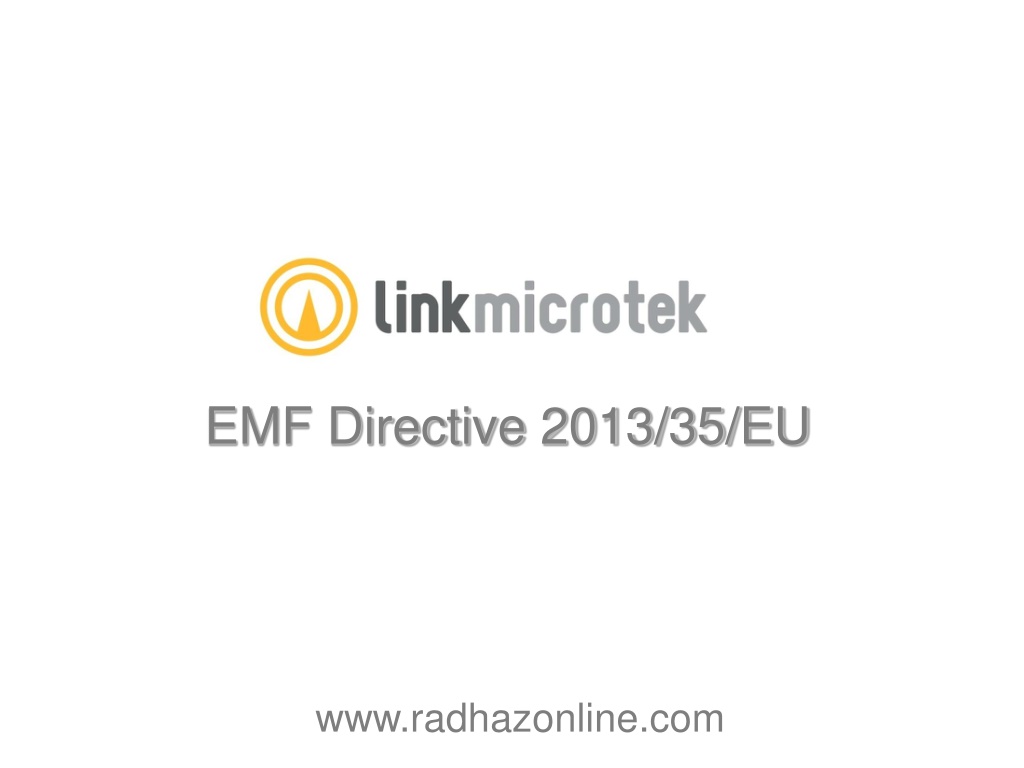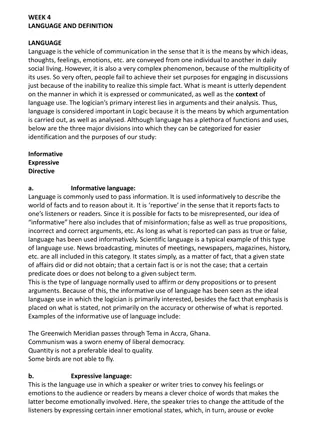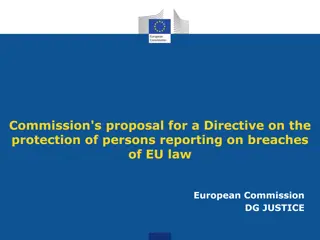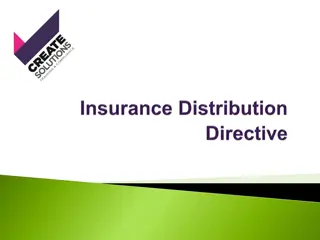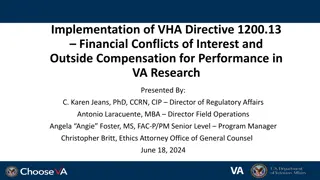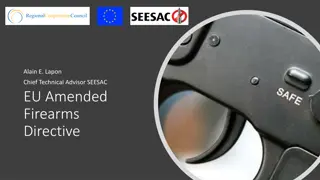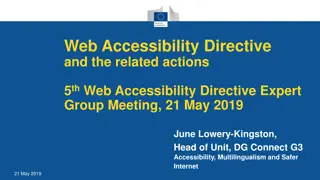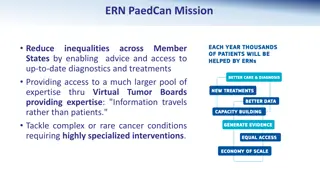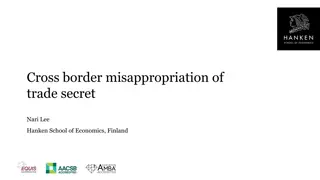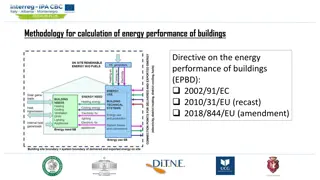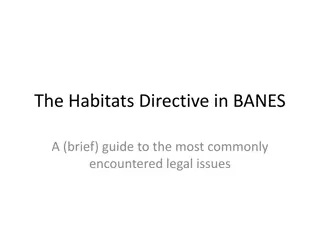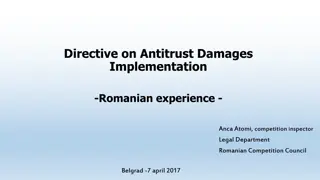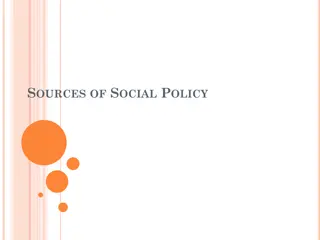Understanding EMF Directive 2013/35/EU and UK Regulations
Employers are obligated to assess and mitigate risks related to electromagnetic fields (EMF) in the workplace, as outlined by the EMF Directive 2013/35/EU and UK regulations. The Directive provides guidelines for compliance, including risk assessments, protective measures, and a forthcoming Practical Guide. The UK is in the process of drafting regulations to align with the Directive, emphasizing cost-effective implementation and clear separation of exposure and risk assessments.
Download Presentation

Please find below an Image/Link to download the presentation.
The content on the website is provided AS IS for your information and personal use only. It may not be sold, licensed, or shared on other websites without obtaining consent from the author. Download presentation by click this link. If you encounter any issues during the download, it is possible that the publisher has removed the file from their server.
E N D
Presentation Transcript
EMF Directive 2013/35/EU www.radhazonline.com
Introduction All employers have a duty to assess risks arising from work undertaken and to put in place protective or preventive measures to reduce the risks they identify. These duties are a requirement of the overarching Framework Directive (89/391/EEC) already transposed into UK law (The Management of Health and Safety at Work Regulations 1999). The EMF Directive is intended to help employers comply with these duties for the specific case of EMF in the workplace. EMF are defined by the Directive as static electric, static magnetic and time varying electric, magnetic and electromagnetic fields with frequencies up to 300 GHz. The Directive addresses established direct and indirect effects caused by EMF. It does not cover suggested long term health effects.
Introduction Practical Guide When the EMF Directive was published Article 14 listed a non binding Practical Guide that would be published at least 6 months prior to the implementation date of the Directive (July 2016). The guide is not yet published but will provide a list of generic work activities where fields are so weak that there is no risk so once employers have performed an initial risk assessment no further action will be required. Will list work activities that are likely to require more detailed assessments for workers and workers considered to be at particular risk i.e. those with body worn medical devices and pregnant workers.
Introduction Practical Guide There will be some potential exposure scenarios that are highly specific or very complex that are beyond the scope of the guide. Use of the Practical Guide does not necessarily ensure compliance with statutory EMF protection requirements in EU member states. The rule of law by which member states have transposed the EMF Directive take precedence.
UK regulations HSE policy team are currently drafting the proposed UK regulations The Control of Electromagnetic Fields at work regulations 2016 , working closely with a stakeholder working group of industry delegates. Summary of current approach To implement the directive with minimum cost impact to UK companies To not gold plate or go beyond anything required by the directive Separation of exposure assessment from risk assessment Re-ordered the directive appendices to put in a more logical order Introduced a category of lower risk work activities , if work fits in this category then no action plan will be required Proactive health surveillance not required, only required if exposure exceeds ELV and Health effect is being reported by the employee. (differs from directive which implies or rather than and ).
What is EMF? Electromagnetic Fields (EMF) are defined by the EMF Directive as static electric, static magnetic and time-varying electromagnetic fields with frequencies up to 300 GHz. Electricity Radio Microwave Frequency Resistance welding Induction heating Electric trains & trams Electrical circuits >100A Medical equipment Dielectric welding Semiconductor processing Telecommunications Radar Microwave heating/drying
Power levels Induction heating TV transmitter FM national broadcast radio (250kW) Industrial dielectric heater DAB Domestic microwave oven (1200kW) (50 - 500kW) (20kW) (0.1 - 10kW) (800W) Macrocell Base Station Mobile radio CB radio (25 - 70W) (5 - 50W) (4W) Smart meter Telecoms microwave link GSM mobile phone Wi-Fi DECT handset Bluetooth (1W) (0.1 - 1W) (0.002 0.25W) (0.1W) (0.01W) (0.0025W) All values are approximate
Direct & indirect effects Direct effects are separated into non thermal and thermal effects; vertigo & nausea from static magnetic fields effects on sense organs, nerves and muscles from low frequency fields (up to 100 kHz) whole or partial body heating from high frequency fields (>10 MHz) effects on nerves, muscles and heating from intermediate frequencies (100kHz to 10 MHz)
Direct & indirect effects Indirect effects occur where the presence of an object within an electromagnetic field may become the cause of a safety or health hazard; interference with medical electronic equipment interference with active implanted medical devices (AIMD) such as pacemakers or defribrillators interference with passive implants e.g. artificial joints, metallic plates, pins etc. effects on shrapnel, body piercings etc. projectile risk (typically around MRI equipment) unintentional initiation of detonators fire or explosion from ignition of flammable material electric shocks or burns from contact currents when a person touches a conductive object in an electromagnetic field (when one is grounded and the other is not)
Time varying fields 100 kHz to 300 GHz Critical effect is the heating of exposed tissue. Can penetrate into the body (at lower frequencies). Above a certain threshold (ELVs) and depending on the duration of exposure the body s thermo-regulatory system cannot cope with the heating effect and there is a risk of serious health effects e.g. heatstroke. Risk of tissue damage through burns. The overall evaluation of all the research on HF fields leads to the conclusion that HF exposure below the thermal threshold is unlikely to be associated with adverse health effects . ICNIRP.
Articles of the Directive Start Article 7 Article 4 Article 3 Consultation & participation of workers Assessment of risks & determination of exposure Exposure Limit Values & Action Levels No further action under the EMF Directive Are EMF a risk to health & safety? No Yes General duties under the Framework Directive Article 5 Provisions aimed at reducing or avoiding risks Article 8 Article 6 Health surveillance (according to national law & practice) Worker information & training
Article 3 Exposure Limit Values & Action Levels Exposure Limit Values (ELVs) ELVs must not be exceeded. Proving compliance with ELVs can be complicated so often employers use the more conservative Action Levels as the maximum permissible exposure levels. Action Levels (ALs) Working below the ALs ensures compliance with the ELVs. Limb Action Levels Values for exposure to localised fields e.g. An equipment operators hands and arms.
Article 4 Assessment of risks & determination of exposure Article 4 requires employers to identify & assess EMF in the workplace. Employers can take advice from other sources e.g. equipment manufacturers, published databases of generic assessment. Where it is necessary for an employer to determine exposure this can be performed by measurement or calculation. Note it is not sufficient just to demonstrate compliance with ALs or ELVs as this may not be sufficient to protect workers at particular risk or avoid risks from indirect effects.
Article 5 Provisions aimed at avoiding or reducing risks If ALs are not exceeded and other effects have been excluded there is no need to take further action other than to meet duties under the Framework Directive e.g. periodic review of the risk assessment to ensure it is still relevant. If ALs are exceeded then an employer can choose to prove compliance with ELVs however it may be more cost effective to implement measures to prevent the risk instead.
Article 6 Worker information & training Where risks have been identified then information and training must be provided. Many workers will be unfamiliar with hazards and symptoms and also concepts such as Action Levels and Exposure limit values should be covered, along with results of assessments for their workplace (i.e. must be both suitable and relevant!)
Article 7 Consultation & participation of workers Article 7 refers directly to Article 11 of the framework directive. Already reflected in UK Health and safety regulations under heath and safety (consultation with Employees) regulations 1996 The employer is required to consult with staff about all health and safety matters in good time .
Article 8 Health surveillance Health surveillance is required in line with Article 14 of the Framework Directive and must be provided where the ELV has been exceeded or where any undesired or unexpected health effect is reported by the worker. This must be free of charge to the worker and at a time chosen by the worker. UK regulations likely to change or to and so that both reported health effect AND exposure above ELV to trigger surveillance.
Article 10 Derogations Derogations from Article 3 (ELVs and ALs) are allowed but it does not affect the general duty of employers (Article 5) to ensure that risks from EMF in the workplace are eliminated or reduced to a minimum. A derogation is simply a formalised way of permitting an exception to the specified exposure limit values if other conditions are met. So although under a derogation an employer may exceed the exposure limit value, the employer must still ensure that the risks to workers are reduced or eliminated. There are 3 specific derogations listed: MRI Military General Derogation
Risk assessment In general no fixed rules about how to take a risk assessment. All hazards should be considered but the Directive only deals with hazards arising from EMF. However a structured systematic approach should be employed to ensure risks ate not overlooked. Risk assessment is the responsibility of management but should be undertaken in consultation with workers, who should be given information about the outcome of the assessment.
Risk assessment Terminology; Hazard the intrinsic property or ability of something with the potential to do harm Risk the likelihood that the potential for harm will be attained under the conditions of use and/or exposure, and the possible extent of the harm Risk assessment the process of evaluating the risk to health and safety of workers while at work arising from the circumstances of the occurrence of a hazard at the workplace
Active implanted medical devices Workers wearing AIMD are at particular risk because EMF can interfere with these active implants. Device manufacturers are required to ensure their products have reasonable immunity but this will be based on public exposure levels (1999/519/EC). Field strengths at the position of the device or its sensing leads can easily exceed public levels in many occupational situations. In some situations a field may be highly localised and in this instance the risk could be managed e.g. a mobile phone could be used if kept away from the chest. Often a more detailed risk assessment is required and this could include advice from the relevant doctor or the device manufacturer.
Workers at particular risk The Practical Guide lists in a table many common work activities, equipment and workplaces and provides an indication of whether assessments are likely to be required for: workers with active implants other workers at particular risk workers not at particular risk A yes or no in the table against the above categories indicates if a more detailed assessment is required or not for the given activity, equipment or workplace.
Workers at particular risk Workers wearing active implanted medical devices Workers with passive implanted medical devices Workers with medical devices worn on the body e.g. hormone infusion pumps Pregnant workers Workers in any of these groups may be at greater risk from EMF than the general working population and should be subject to a specific risk assessment. In considering whether workers may be at particular risk, employers should give consideration to the frequency, level and duration of exposure.
Exposure Limit Values & Action Levels
ELVs & ALs Thermal & non-thermal effects; The Directive lists non-thermal effects over the frequency range 0 to 10 MHz & thermal effects over the range 100 kHz to 300 GHz. In the intermediate frequency range (100 kHz to 10 MHz) where the two ranges overlap both non-thermal & thermal ELVs need to be considered. For frequencies between 1 Hz & 6 Hz ELVs are defined in terms of quantities within the body that cannot be easily measured or calculated in an occupational setting. Therefore most employers use ALs as the maximum exposure level as proving compliance with ELVs can be complex & expensive.
ELVs & ALs For frequencies between 1 Hz & 6 GHz ELVs are defined in terms of quantities within the body that cannot be easily measured or calculated in an occupational setting. Therefore most employers use ALs as the maximum exposure level as proving compliance with ELVs can be complex & expensive. Compliance with the AL guarantees compliance with the corresponding ELV. Note ALs are conservative and in many situations it will be possible to exceed the AL and still comply with the ELV. If it is not possible to demonstrate compliance with ALs then employers have a choice to implement protective & preventive measures or assess compliance with the ELV.
Electric & magnetic field ALs 100 kHz to 300 GHz Between 100 kHz & 6 GHz the Directive defines ALs for Electric field strength & magnetic flux density which are derived from the health effects ELV. As the ELVs are time averaged, time averaging applies to the ALs. For frequencies over 6 GHz power density (W/m2) is also specified. Time & spatial averaging can be applied for frequencies over 6 GHz.
EMF Directive Electric Field EMF Directive low ALs to 10 MHz EMF Directive high ALs to 10 MHz EMF Directive ALs 100kHz to 300GHz 100000 10000 V/m 1000 100 10 1
Induced & contact current ALs Induced limb current (10 to 110 MHz) The Directive specifies ALS for the magnitude of the radiofrequency current induced in the limbs (again time averaging can be applied). Contact current (up to 110 MHz) Contact current (up to 110 MHz) The Directive specifies ALs for contact current to limit the risk of shock and burn when a worker touches a conducting object in a field and one of them is grounded & the other is not.
Case Study : Broadcast Rigger Joe has been a rigger working on all types of broadcast and telecommunications structures. He has a heart condition and has a pacemaker fitted. Once he is fit enough to return to work he wishes to resume climbing duties. Risk assessment has two aspects: What level of EMF will he be exposed to, at what frequencies? What immunity does his implanted device have?
Case Study : Broadcast Rigger Expected exposure: He can be exposed across the frequency range used on sites (1 MHz to tens of GHz ), up to power levels permitted by ICNIRP 1998 occupational guidelines. Employer knows this and is set by their safety policy. Immunity of device as fitted: Harder to find out! Sources of information: MHRA: only refer to devices being immune up to the general public reference levels from the 1999 EU recommendation on exposure limits (same as ICNIRP public) No help! Device supplier: will only correspond with patient or their clinician in first instance. Occupational therapist from patients cardiology clinic finally makes appropriate introductions via the patient and conversation starts.
Case Study Broadcast Rigger Outcome: After some correspondence the technical support engineer of pacemaker company gives a table of immunity values for the specific device across a range of frequencies. These are compared with ICNIRP 1998 reference levels (or ALs for EMF directive). Conclusion: Safety limits in use are protective for Joe and his device across higher part of frequency range but not below 10MHz. So there are 120 Medium Wave and long wave broadcasts sites where Joe may be at risk. Controls: Joe and his manager are both issued with list of sites where he should not work. Joe understands that he must double check. Joe always uses a personal monitor and is trained in EMF safety awareness. He knows to ask if unsure. Joe may still work on 5780 other sites and happy to be back at work!
